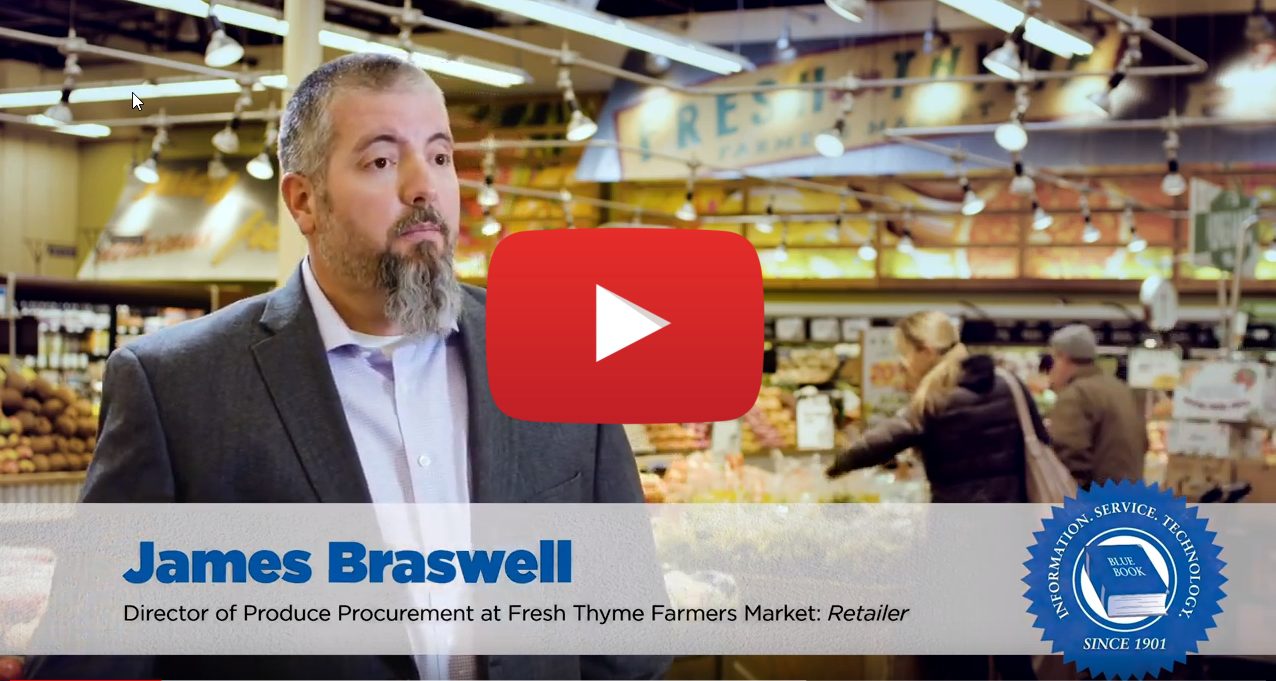Organics
In addition to individual commodity trends, organics have been on the rise. Part of the increase is due to consumer demand; another factor is a reduction of the price spread between organic and conventional items, making organics more affordable.
“We’re expanding our organic lines after experiencing a 20 percent increase in demand last year,” says Arizona Sky’s Franzone. “Most of the demand is at the retail level, some in wholesale, and a little in foodservice. I think overall health consciousness is driving the trend—people are more aware of what they’re putting into their bodies.”
Five years ago, organics at the wholesale level were about 50 percent more expensive than conventional, Franzone explains. Today, this gap is down to about 20 percent for most commodities. He also said retailers might be further discounting organics to move them quickly, as they may not have the same shelf life as conventional fruits and vegetables, which can also make price points attractive to consumers. Additionally, over the past several years, more growers have been getting into organics, thereby increasing yields and lowering prices.
Weather and The Winter Deal
Reports of heavy rain during the growing season in the Sonora region of Mexico and Baja California continued to fuel speculation about possible shortages during the Winter Deal.
Some of the effects were evident as the Deal began. Fresh Farms’ Havel reported production issues with soft squash, including yellow and gray varieties, as well as
zucchini and watermelon too, resulting in a ‘tight’ market. “If you were a grower that wasn’t affected by the rain, it’s a great market,” he notes. If the reverse is true, however, Havel figures f.o.b. (free-on-board) pricing would be inadequate to cover production costs.
Like Havel, Suarez from MAS Melons already knew the rain had affected melon crops. “The rain is definitely going to have an impact on us, particularly our melons,” he says. In response, he exlpained, “We are separating our No. 1 and No. 2 melons to keep the quality more consistent. I would say we’ll end up with 15 to 20 percent of our crop as No. 2s this year.”
For Mike Righetti, managing member at Righetti Farms, LLC in Rio Rico, the effects were unclear as the winter harvests got underway. He believed the “rain will affect everyone”—the question was how much. It was, however, just like every other year of growing and shipping fresh produce, dealing with the unpredictability of the weather, freight rates, driver shortages, a roller coaster market, and continually shifting consumer demand.



